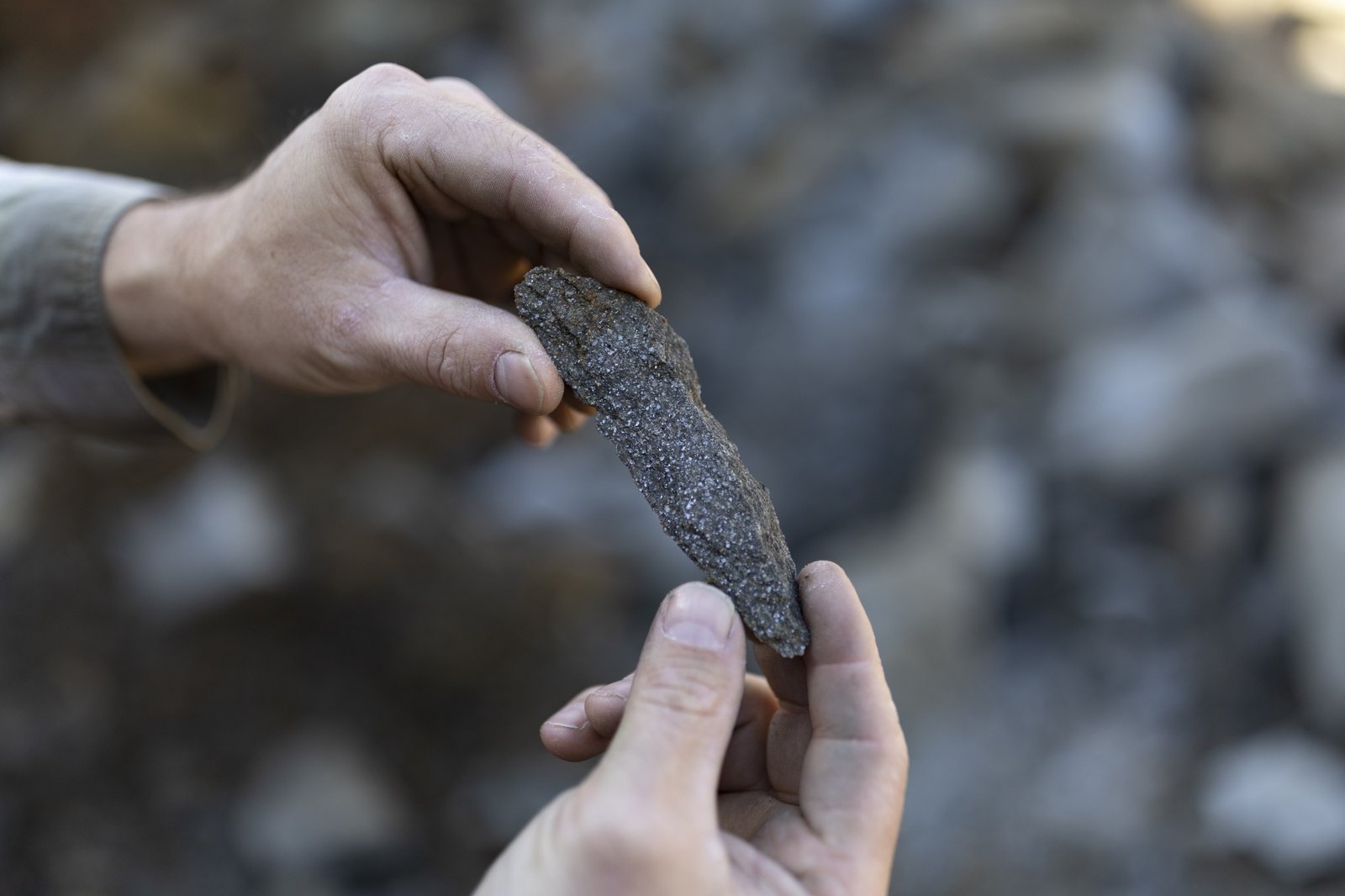Canada has unveiled ambitious plans to streamline the development of new critical mineral mines, slashing approval timelines by almost a decade.
In a bid to fortify its energy security, Canada has unveiled ambitious plans to streamline the development of new critical mineral mines, slashing approval timelines by almost a decade. Energy Minister Jonathan Wilkinson outlined the strategy to Reuters on Tuesday, emphasizing the importance of reducing bureaucratic hurdles and optimizing regulatory processes.
The focus of Ottawa’s initiative lies on six critical minerals crucial for manufacturing electric vehicles and wind turbines: lithium, graphite, nickel, cobalt, copper, and rare earth elements. Wilkinson highlighted the current dominance of China in the mining and processing of these minerals, underlining the urgency for Canada to bolster its own capabilities in this sector.
“We’re looking at how do we optimize the regulatory and permitting processes so you can take what is a 12 to 15-year process and bring it down to maybe five,” Wilkinson explained. Central to this effort is the simultaneous handling of federal and provincial permitting and environmental assessments, aiming to expedite the overall approval process.
To achieve these goals, Canada intends to bolster the resources of regulatory agencies, eliminating paperwork backlogs, and ensuring that permitting and environmental assessments proceed concurrently. Moreover, investment tax credits will be introduced to offset a significant portion of the capital required for new mining and mineral processing projects.
Despite Canada’s vast resources, Wilkinson acknowledged the country’s limited cobalt reserves, necessitating continued imports. With China controlling a substantial portion of the world’s refined cobalt and rare earths supplies, Canada seeks to mitigate reliance on foreign sources by ramping up domestic production.
In addition to financial incentives for mining ventures, Canada is earmarking funds for infrastructure development, including transmission lines and roads essential for expedited mineral extraction. The government is also allocating billions of dollars towards battery factory projects by collaborating with international companies such as Northvolt and Volkswagen.
Addressing concerns from indigenous communities, Wilkinson emphasized the importance of inclusivity in Canada’s mining initiatives. A loan guarantee program will be established to provide indigenous groups with access to low-cost debt, enabling their participation as equity stakeholders in mining projects.
However, Canada’s push for accelerated mining activities has not been without controversy. In July, five First Nation communities protested against mining plans in the “Ring of Fire,” a mineral-rich region in northern Ontario. Wilkinson reassured stakeholders that streamlining permitting and environmental assessments would not compromise environmental safeguards.
“I think the environmental community also recognizes that there is no energy transition without significantly enhanced volumes of critical minerals,” Wilkinson remarked, highlighting the imperative balance between environmental stewardship and mineral resource development.
As Canada charts its course towards energy security, the streamlined approval processes and targeted investments signal a concerted effort to harness the nation’s mineral wealth while addressing environmental concerns and fostering indigenous participation. With these initiatives in motion, Canada aims to position itself as a global leader in sustainable mineral resource development, driving forward the transition towards a cleaner and more resilient energy future.
